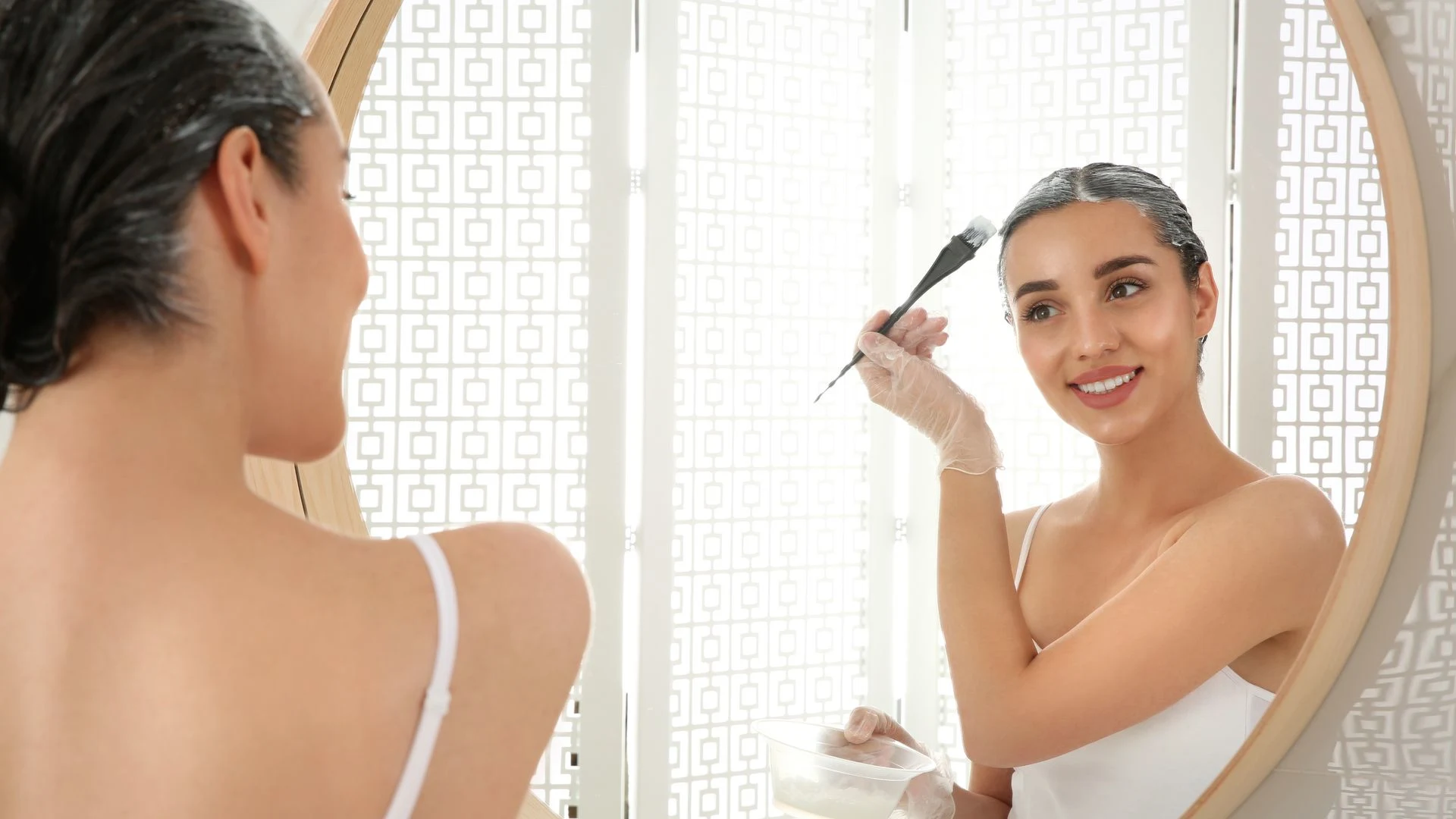Copyright hellomagazine

Whether you're getting highlights, a complete colour change, or just a trim, there's not a lot that beats that salon-fresh feeling of 'new' hair. And while a trip to a professional hairdresser is recommended for everyone who wants to ensure their hair stays in great health, it's not always easy financially to have routine appointments that can be pricey. Box dyes have long been on the market, and many have turned to them for a quick and cost-effective way of sprucing up their locks, but is it recommended by professionals? Here's what an expert wants you to know about DIY hair colouring, from the dos and don'ts to busting myths in between… Should you colour your hair at home? Gemma Mitchell, CEO at Debut Hair and L'Oréal Colour Specialist with over 20 years of hairdressing and colour experience, spoke to HELLO! about whether we should be dyeing our hair at home, but it's a little more complex than a simple 'yes' or 'no'. "It really depends on what you're trying to achieve," she says. "If it's a simple root touch-up or you're refreshing a similar shade to your natural colour, then at-home colouring can work fine as long as you're careful." "However, if you're thinking about a big change, such as going lighter, adding highlights or using bleach, or you need to correct your colour, I'd always recommend leaving that to an accredited professional and strongly advise against doing it at home. "These processes often need professional products and experience to avoid uneven tones or breakage. They also need precise formulation and timing – and mistakes will be costly for your hair's final colour and condition! Your hair's health should always come first." The dos and don'ts to remember If you're going to take the plunge and make an easy, doable change at home, there are a few things the professionals want you to know. Gemma says the most important 'do' to remember is a patch test. "Always do a patch test before applying any colour. It's there to protect you, and it's essential to make sure you're not allergic to the product." Another 'do' from Gemma is to keep things simple. "Choose a shade that's only a few tones away from your natural hair colour. And third, apply carefully and evenly. Work in small sections, don't colour over hair that's already been processed, and always stick to the recommended development time – longer doesn't mean better results." Katie Daly, HELLO!'s Lifestyle Writer, has some experience dying her hair at home and gave her top tips to remember. "From experience, I learned that partitioning the hair in a certain way made all the difference. You can split the hair down the middle and do the left side and then the right, but it will then develop at different rates, and you might end up with one side looking slightly darker than the other. "I'd say split it horizontally the whole way around your head so the colour looks consistent. Also, a patch test is a must if you're using a box dye you have never used before to ensure you won't react to the chemicals. Also invest in a dark towel that you don't mind binning to sit on your shoulders, as it can be a messy activity if you're not a pro." The biggest 'don'ts' to remember are skipping the all-important patch test. But it's not only that, according to Gemma: "Avoid any lightning kits or bleach products – these are the ones most likely to cause breakage or serious damage if not used correctly. And don't ever mix different colouring products or brands. Each one is formulated differently, and combining them can cause unpredictable results that could harm your hair." Hair colour myth-busting There are some misconceptions out there that at-home colouring is damaging to our hair, but Gemma says this is not always the case. "At-home colouring isn't always damaging, especially if you use semi-permanent or ammonia-free products. These are much gentler and contain lower levels of peroxide. It's the lightening and bleaching products that can really affect the condition of your hair if not used properly. When those go wrong, it can take a long time to restore the health and strength of your hair, so they're best left to a professional." There are also myths about how you go about colouring your hair at home. "One of the biggest myths is that you shouldn't wash your hair before colouring because conditioner can stop the colour from taking. In fact, clean hair helps the colour work more evenly. It's product build-up or grease that can block the colour from developing properly."



